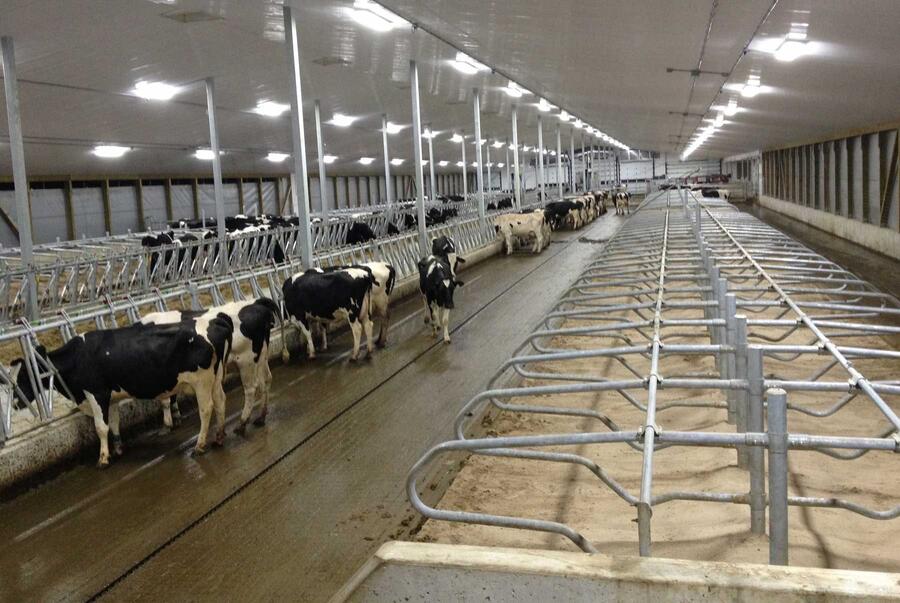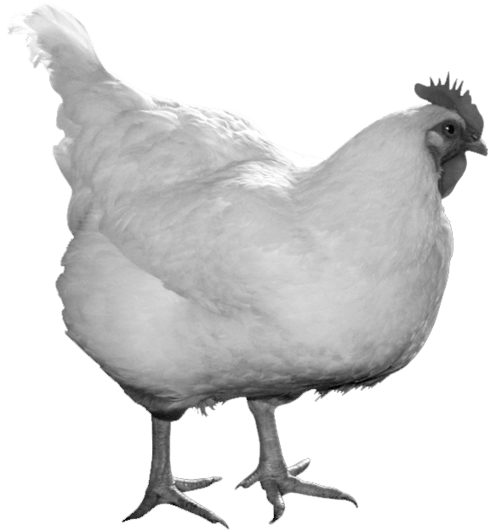Commercial Lighting
Your employees are your most valued asset. And your bottom line is important to you. Helio is here to help you maximize both of these.
Your employees are your most valued asset. And your bottom line is important to you. Helio is here to help you maximize both of these.

Studies show that people who work in a well-lit environment perform better and are significantly happier. Our experts will determine the light levels that will best suit the environment that you are illuminating. We will even work with your electrician to ensure proper light fixture placement and see the project through to completion.
Once we’ve upgraded your lighting, you can watch your electrical bills shrink while your bottom line grows.
Happy and productive staff. Fatter bottom lines. Talk about a win-win for everyone!
Helio LED lights will increase your barn’s energy efficiency and increase your livestock’s production.

Rusted or corroded lights in your barn are a fire hazard. Minimize your risk with NEMA 4x rated fixtures – suitable for your barn’s humid and corrosive environment.
For many years now studies from prominent universities and organizations have existed, touting the benefits of Long Day Lighting. Yet to find a herd managed in this format is rare to find. Are you flicking the switch off to save pennies in power, but losing dollars in production?

Long Day Lighting is when you manage your barn’s lighting to operate on a “Long Day Photoperiod” so that lights are on for 16 to 18 hours daily and operating with 15 to 20 foot-candles. Alternatively for 6 to 8 hours the barn is provided with complete darkness, less than 1 foot-candle. While many barns provide night lighting – research shows that cows can find their away around in the dark.
Research Results from Long Day Photoperiod:
Short day lighting is the opposite cycle where the light operates on a “Short Day Photoperiod”. In this operation cycle, the lights are on for 8 hours daily operating at 15 to 20 foot-candles. But then the lights are off for 16 hour period (12 hour minimum) providing complete darkness, ideally at less than 1 foot-candle.
Research Results from Short Day Photoperiod:
When you consider changing to Long Day Lighting management in your dairy the change or decision to utilize LED lights becomes very logical for several key reasons:
Chickens and turkeys absorb light through their eyes in ways humans don’t. In addition to retinal light perception, poultry can sense light through the pineal gland commonly called the “third eye” situated on the dorsal surface of the brain.

Lighting in agricultural is critical for production and health of livestock. For poultry, lighting has been a topic of research for years. And yet the needs for poultry lighting can differ greatly depending on the flock. Light requirements for broilers, layers, breeders in both chickens and turkey can greatly vary especially depending on their growth cycle and their production cycle. Lighting can alter the behaviour of the birds and even a small change can make a real difference.
You input the wrong light and you may notice changes in growth and development or even in eggs. In poultry (unlike most livestock facilities) we primarily source LED fixtures that provide 2,700 to 3,000 Kelvin in light temperature. Every project we can provide complete photometric mapping to ensure light consistency and minimize hot spots and shadows.
Because of the different light requirements for poultry throughout their grow cycle or production cycle we have been offering LED for poultry that are full controlled and operated wirelessly. Unlike other types of lights (such as fluorescent), by dimming the fixture we actually extend the life of the fixture. Of course with dimming we capitalize on energy savings also. Now poultry producers can simply program the barn to operate at time cycles and brightness cycles that optimize their production. With full control from even remote locations and full historical logging, thorough analysis and review of lighting can occur.